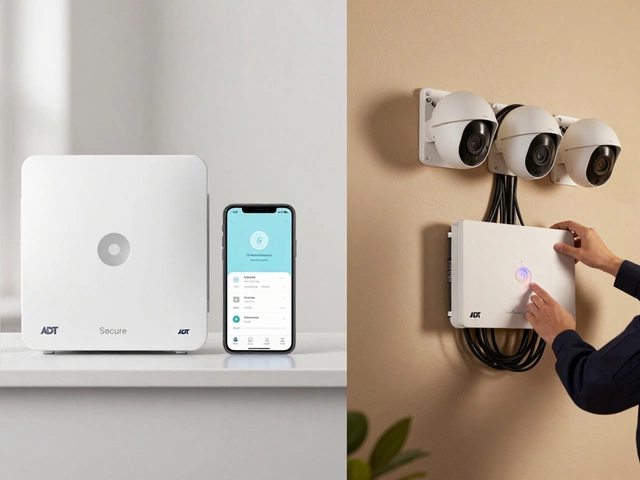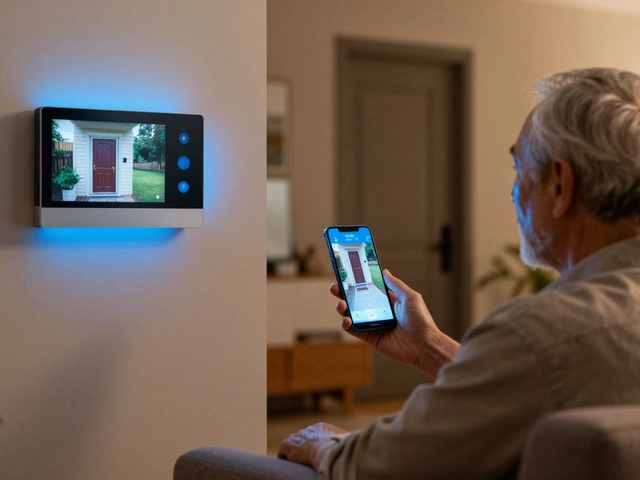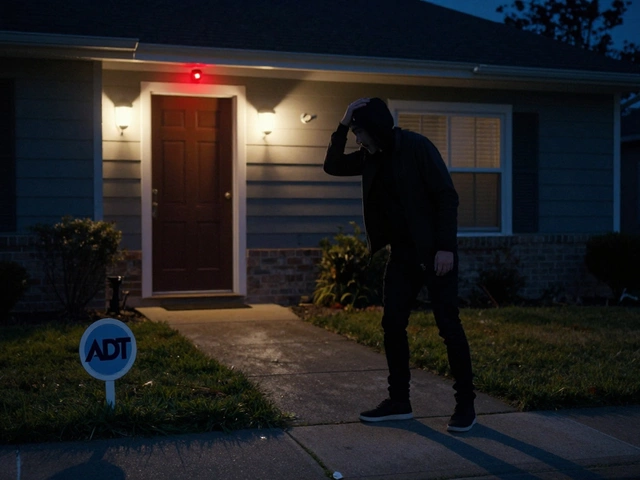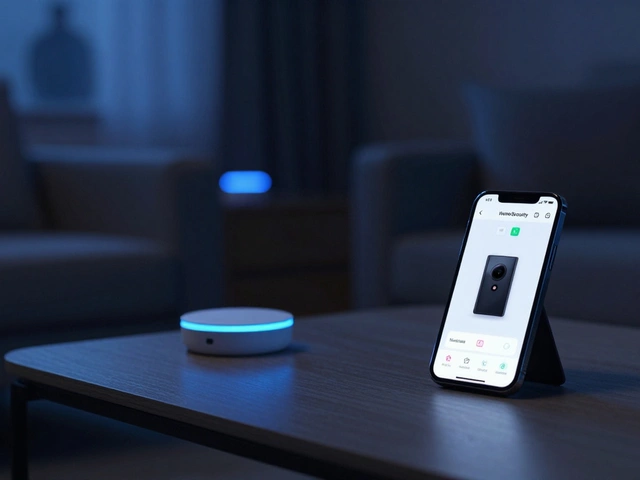Wi‑Fi Security Cameras: What You Need to Know in 2025
If you’re looking to watch over your home without digging up walls, a Wi‑Fi security camera is a solid choice. These cameras run on your home network, so you can see live video from a phone or tablet wherever you are. No wires, no fuss, just a camera that talks to your router.
Most Wi‑Fi cameras use the 2.4 GHz band because it reaches farther through walls. Some newer models also support 5 GHz for faster video but shorter range. When you pick a camera, check the range specs and make sure your Wi‑Fi signal is strong where you plan to mount it.
Key Benefits of Wi‑Fi Cameras
First, they’re easy to install. Plug in the power, attach the mounting bracket, and connect to your network using the app. No professional electrician needed.
Second, you get real‑time alerts. Most cameras can send push notifications if they detect motion, sound, or a door opening. You can then check the live feed instantly.
Third, many models store video to the cloud, so you don’t lose footage if the camera is stolen. Some also offer local microSD storage if you prefer not to pay a subscription.
How to Pick the Right Model
Start with resolution. A 1080p camera gives clear detail, while 4K is overkill for most homes unless you need to read license plates from the driveway.
Next, think about night vision. Infrared LEDs let the camera see in total darkness, but make sure the range covers the area you want to monitor.Power source matters too. Battery‑powered cameras are flexible but need regular charging or battery swaps. Wired cameras stay on forever but require an outlet nearby.
Lastly, check privacy features. Look for cameras that use end‑to‑end encryption and let you change default passwords. Some devices let you disable audio recording if you’re worried about privacy laws.
Our recent post "Biggest Cons of Wireless Security Cameras" goes deep into risks like signal interference and hacking, and offers practical steps to lock down your feed.
Another helpful guide is "Wi‑Fi Jammers: Do They Really Block Wireless Networks?" – it explains why jamming isn’t a good solution and how to protect your network instead.
When you’ve chosen a camera, place it high enough to avoid tampering but low enough to capture faces. Aim for a 30‑degree tilt downwards for the best field of view.
Don’t forget to test the motion zones in the app. Narrow zones reduce false alerts from passing cars or pets, which can quickly become annoying.
Finally, integrate the camera with your other smart home devices if you can. Linking it to a door sensor or smart lighting can create a more complete security system that reacts automatically.
With these tips, you can set up a reliable Wi‑Fi security camera that works for you, keeps intruders at bay, and gives you peace of mind, whether you’re at home or away.







